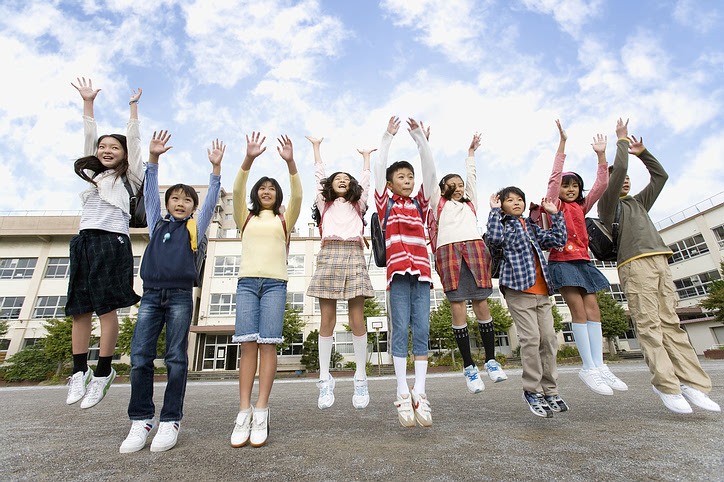Balance: Why Do We Assume that Our Kids Have Good Balance?
The theme for this week … kids and their balance
Balance is something we don’t usually think about for children. But when their behavior or effort at school frustrates us, you might consider balance. There is a link.
Read on …
Poor balance in kids looks like a lot of other things
It is well established that dynamic balance control in adults is essential for safe and fluent physical movement. Why would we expect anything different in children?
Poor balance in children impacts their development
At The Bridging® Institute we meet children who are struggling with various aspects of their life — coordination, school focus, and being active for social and health benefits.
Believe it or not, many of these issues stem from a common cause — poor balance. For more explanation, you can read this well-organized article that discusses the implications of poor balance on so many areas of a child’s development–learning, social skills, coordination, etc.
Warning: You may see yourself in these descriptions!
How lack of balance in a child can affect learning, behavior and emotions.
What can you do to help?
What we’ve seen at the Bridging® Institute is that our clients want to see good behavior in their kids for learning, playing, and socializing.
We are able to help with balance, which helps with behavior. There are two unique parts to a Bridging® intervention and why it quickly helps your child:
- Assess: Determine if, and how, balance is actually impacted. At the Bridging® Institute we assess many aspects of balance and play.
- Targeted intervention: Bridging® is used to reset the specific muscle coordination needed for balance.
The advantage of using Bridging® instead of traditional daily exercises is two-fold:
- We do the work, not your child. This is so much less stressful for you! Your children play or chill while we reset their muscle coordination. (PT-based exercises require repetition, and doing them correctly is challenging and often the source of fights with your kids.)
- Balance changes right away! By taking the time to find the reason for the balance glitch, the optimally relevant muscles are reset, and your child’s balance is better!
What is difference between working with children and adults?
Children are growing!
When a medical intervention (e.g. surgery, fracture) or significant injury is the cause of poor balance, a challenge unique to working with children is that core and limb proportions keep changing. We find seasonal tune-ups are beneficial to maintain the improved balance and behavior.
Rant of the Week from Cara
I got my start down the path toward what is now Bridging® by assessing balance.
For children, I adapted a protocol designed for older adults (Fullerton Advanced Balance scale). Yes, I searched for an established protocol for children’s balance but found this is not really a topic in pediatric research.
One reason no one thinks to check kids’ balance is that balance is perceived to be only an issue for older adults. We find otherwise.
Older adult balance gets the research funding because there are costly public health implications of falling, breaking bones, and incurring disabilities.
Kids with poor balance are not a public health crisis. Instead, balance issues manifest as behavioral issues. These are the most common that we find:
- Sedentary behavior – We often find movement in the core doesn’t easily connect to the limbs, so being active is hard and inefficient.
- Hyperactive behavior – We often find the mechanisms controlling slower movement missed developing as an infant. The kids have one speed — on!
- Anxious behavior – We often find core control for postural security is poor, so physical movement feels fraught with insecurity. The legs and core are often floppy.
Yes, the undesirable behavior gets the attention, but research funding for kids goes for pharmaceutical interventions, not balance.
Why would balance be off in children (and adults)?
For children and adults, we find the same four interrupters for balance control:
- Injuries
- Illness
- Medical Interventions
- Early life/birth events
We use the gentle Bridging® reset process to restore the correct stabilizing patterns in the muscle groups impacting your balance. Kids’ balance improvements are immediate, and usually need periodic follow-up as they grow.

